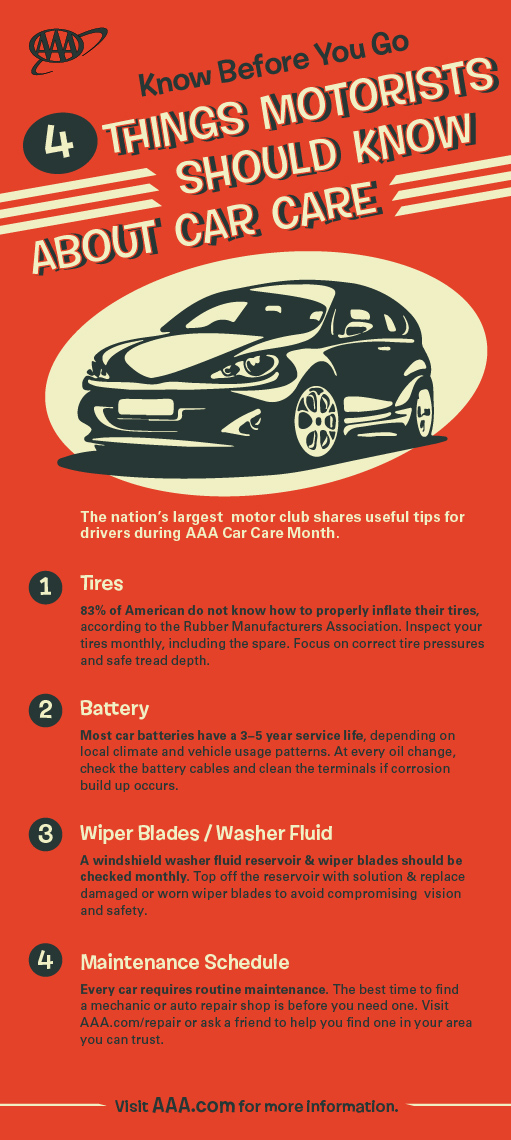An Initial Guide To Decoding Your Car'S Warning Indicators
An Initial Guide To Decoding Your Car'S Warning Indicators
Blog Article
Published By-Guy Lindegaard
When you lag the wheel, those little caution lights on your cars and truck's dashboard can be fairly puzzling. What do they suggest, and should you be worried? Understanding these signals is crucial for your automobile's health, but it does not need to be a daunting task. By decoding the secret behind each light, you'll be geared up to take care of potential concerns efficiently and keep your car running smoothly. So, following time a caution light flashes, do not panic - arm yourself with understanding and take control of the scenario.
Significance of Cars And Truck Warning Lights
Understanding the value of your cars and truck's warning lights is crucial for keeping your vehicle's health and safety. These lights function as your auto's communication system, alerting you to possible problems that might jeopardize your safety when traveling or lead to expensive repairs if ignored. By paying attention to these cautions, you can resolve problems early and prevent additional damage to your automobile.
Overlooking warning lights can cause severe repercussions, such as engine failure, brake malfunctions, or even mishaps. These lights are made to notify you of concerns varying from low tire pressure to engine breakdowns, offering you the possibility to act before the circumstance intensifies. Regularly inspecting and comprehending these warnings can save you time, money, and ensure your safety while driving.
In https://brakepadsnearme39406.dm-blog.com/30352420/reluctant-regarding-choosing-an-automobile-service-center-discover-professional-ideas-for-discovering-reputable-options-in-your-area-that-will-place-your-mind-secure to maintaining you safe, reacting without delay to cautioning lights can additionally help extend the life-span of your automobile. By dealing with problems beforehand, you can stop small problems from escalating into major repairs, ultimately saving you time and money in the long run. Bear in mind, your vehicle's caution lights are there for a factor - don't ignore them!
Common Warning Lights and Meanings
When it pertains to driving your car, understanding typical warning lights and their significances is vital for your safety and car maintenance. Here are a couple of typical caution lights you might encounter:
1. ** Check Engine Light **: This light indicates an issue with your engine. It could be something small like a loosened gas cap or something extra significant like engine misfiring.
2. ** Battery Light **: This light signals a problem with your car's charging system. It might indicate a faulty battery, generator, or other related elements.
3. ** Oil Stress Light **: When this light comes on, it means your engine might be running low on oil or experiencing reduced oil stress, which can lead to engine damage if not dealt with quickly.
4. ** Brake System Light **: This light shows an issue with your stopping system. It might suggest low brake fluid levels or a trouble with the brake system that needs immediate attention.
Recognizing these usual warning lights will assist you recognize prospective problems at an early stage and prevent more considerable issues in the future.
Just how to Reply To Caution Lights
In case a warning light illuminates on your automobile's dashboard, it's crucial to respond without delay and suitably. When supplemental resources comes on, the primary step is to consult your owner's guidebook to recognize the details concern indicated by the light.
Some lights call for prompt attention, while others might indicate a much less immediate matter. If the caution light is red or blinking, it's commonly an indication of a severe trouble that requires instant activity. In such cases, it's suggested to pull over safely, switch off the engine, and look for professional aid.
For yellow or orange warning lights, while they may not need immediate interest, it's still crucial to address the underlying issue without delay to stop more damage. Normal maintenance and examination can help avoid alerting lights from coming on all of a sudden.
Conclusion
Finally, understanding your automobile's caution lights is crucial for preserving your lorry's health and safety. By consistently examining and responding to these warnings, you can address potential issues early and prevent expensive repair services or safety and security risks. Keep in mind to consult your owner's guidebook for information on different caution lights and constantly take instant activity for red or flashing lights. Stay positive and keep your car running smoothly!
